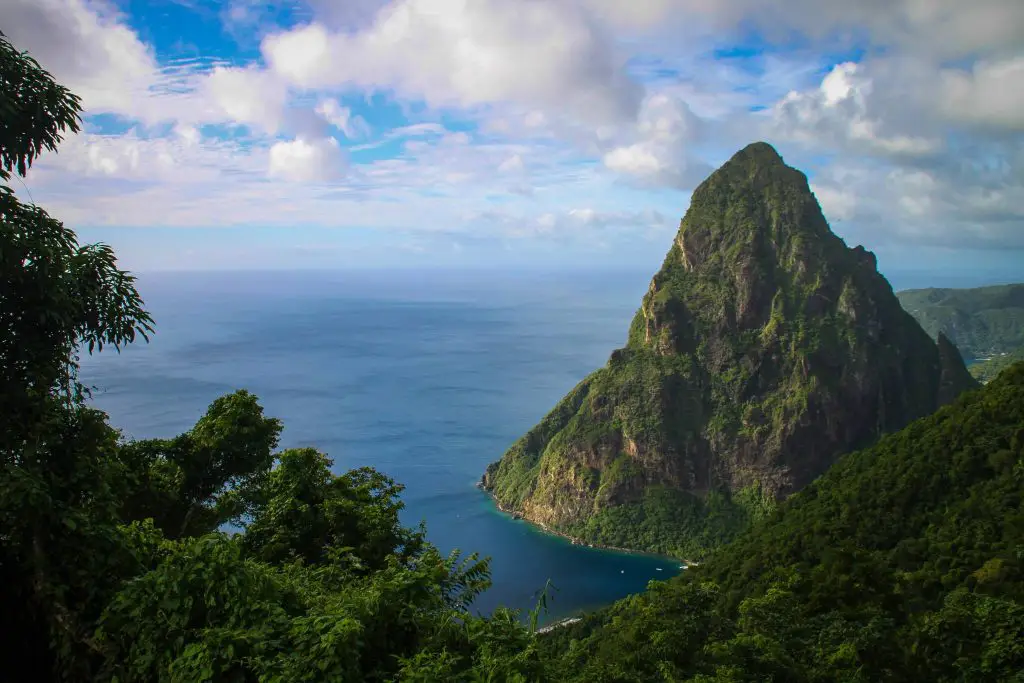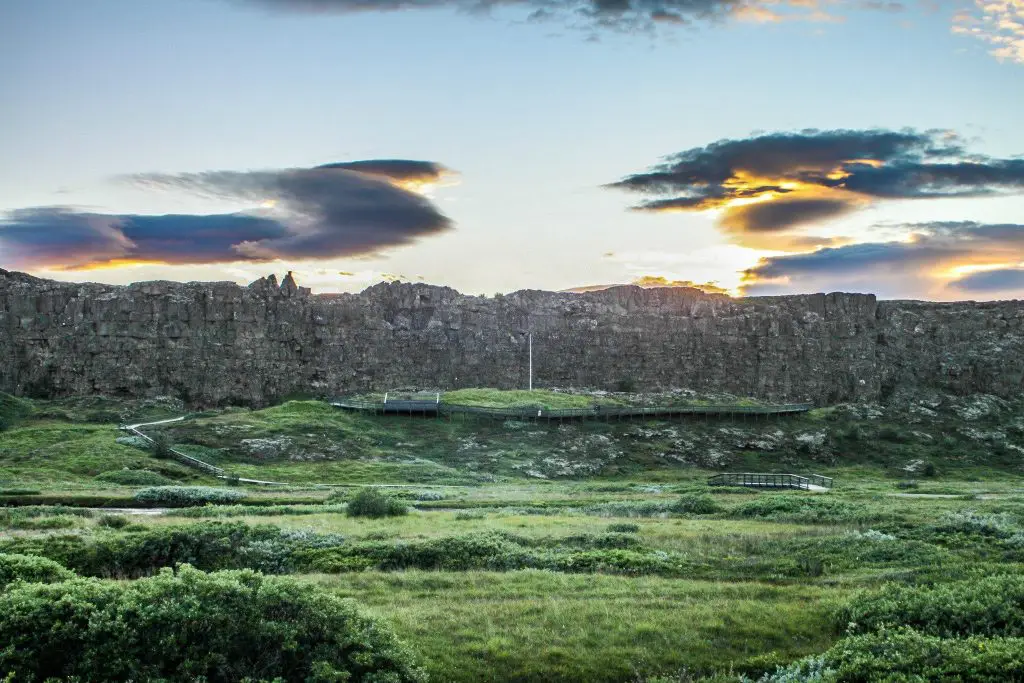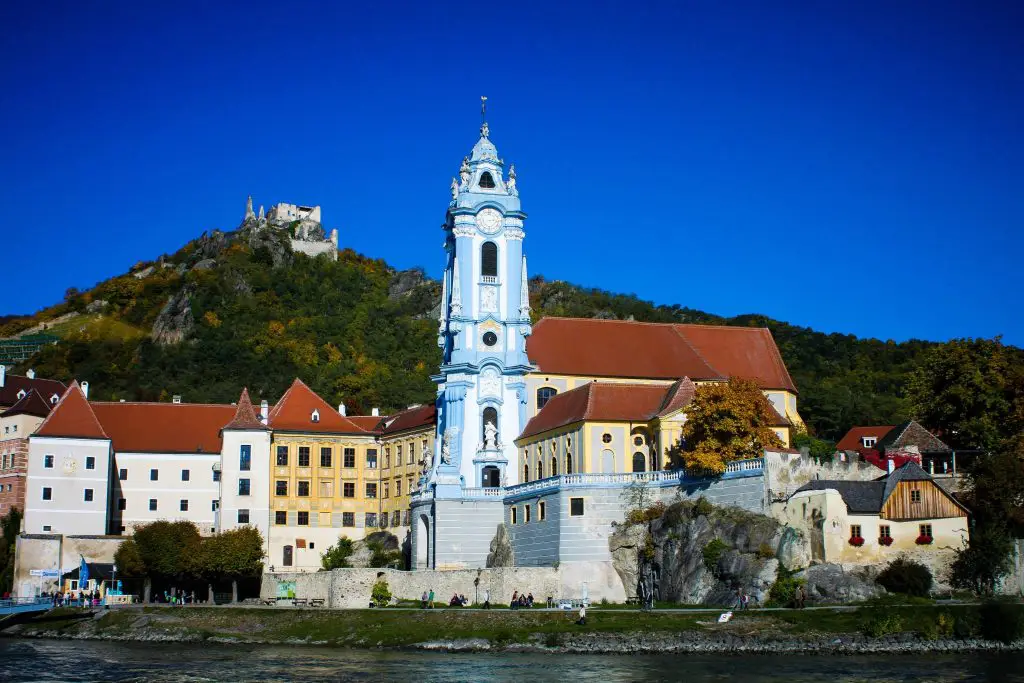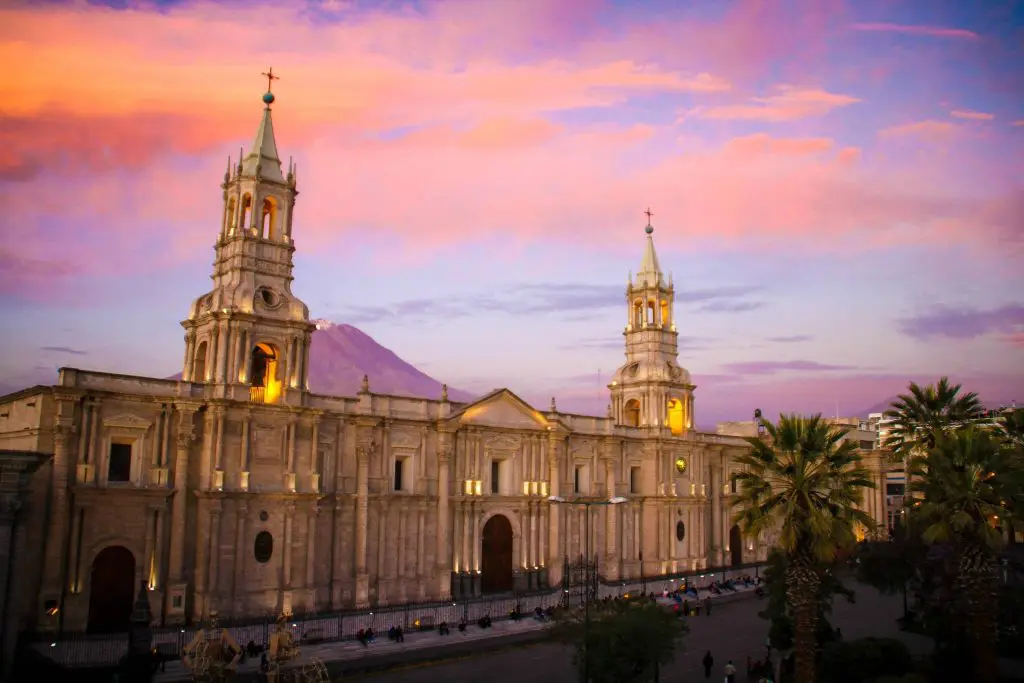Expert travel storyteller Jordan Adkins, founder of InspiredByMaps.com, brings a decade of adventures across 101 countries and 450+ UNESCO sites into rich, off-the-beaten-path narratives, melding ecological expertise with genuine, seasoned travel insights. His full bio can be found here.
Sick of reading lists of the top UNESCO World Heritage Sites in the world, just to see the same old Chichen Itza, Machu Picchu, Sydney Opera House, and Florida Everglades appear over and over again…
So am I!
Thus I’m writing this post about the top 20 UNESCO World Heritage Sites …that you have probably never heard of!
What authority do I have, I hear you ask… Well, this is all subjective, of course, but I have now been to over 325 UNESCO sites in over 70 countries, which I am really proud of (as if you can’t tell – I’m sharing it with the internet!).
While there are obviously people that have been to many more, this, for me, is a massive achievement and something I could scarcely imagine when I started five years ago.
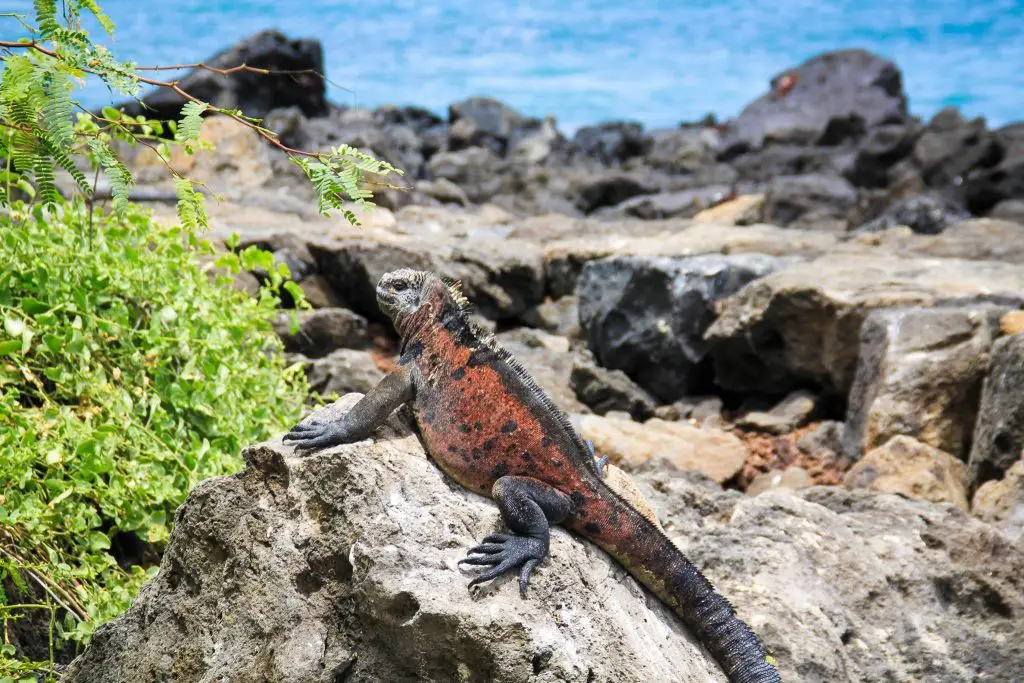
It’s not something I expect everyone to get, and some people even refer to it as a ‘box-ticking’ type of travel, but it’s not like that at all. Visiting these sites (for me, at least) helps to ensure a more well-rounded travel experience.
These sites are chosen specifically because of the remarkable cultural and natural heritage they represent, and many sites showcase or relate to important historical ideas, places, or events.
While they may not all be the most interesting (I’m looking at you Beemster Polder), I feel more appreciative and informed as a result of this little avocation and having visited each and every one of these top 20 UNESCO World Heritage Sites (That You Have Never Heard Of!)
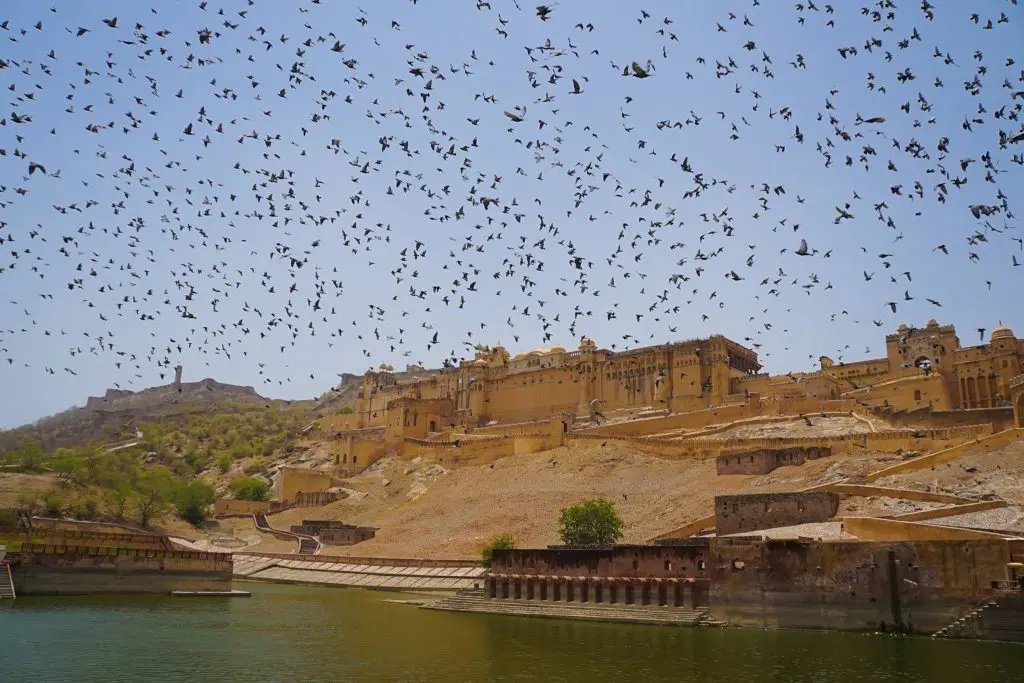
I plan to continue this for many years to come and wanted to take this opportunity to reflect; to look back on the sites I have been to and share with you some of the least know, but best world heritage sites.
All of the different UNESCO world heritage sites in the world are outstanding in their own rights. Still, these top 20 UNESCO World Heritage sites which I have selected, in particular, are severely under-rated, are absolutely bewitching – and most importantly – I would never have thought to visit otherwise…
Thank you, UNESCO!
Hopefully, you are inspired by these as well or perhaps disagree with me. Either way, I have achieved my goal of promoting tourism off-the-beaten-track. To educate and help you, the reader, consider new destinations and make your own unique travel plans.
And in this era of mass-tourism, that can only be a good thing.
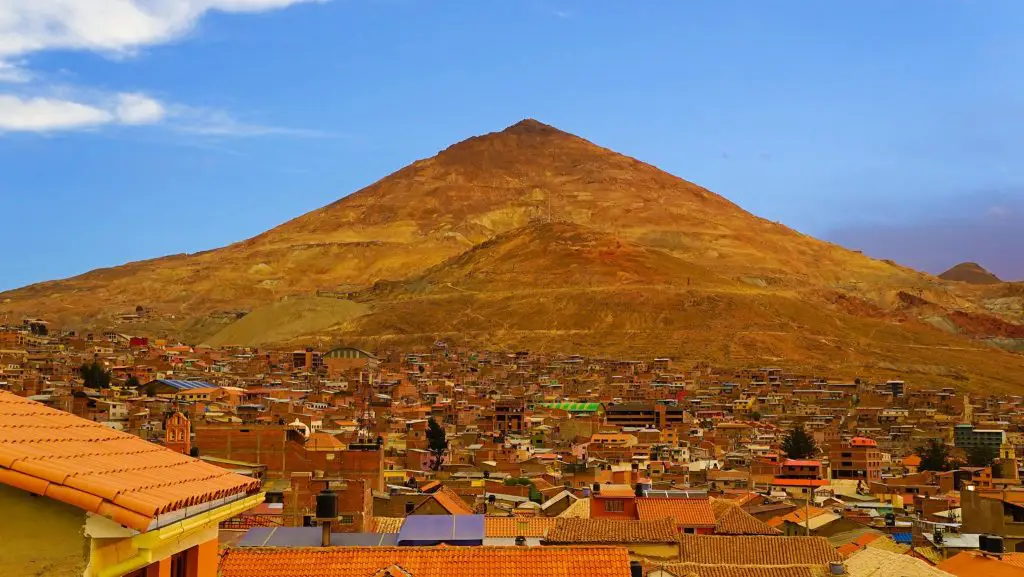
Top 20 UNESCO World Heritage Sites (That You Have Never Heard Of!) 🛫
Page Contents
- Top 20 UNESCO World Heritage Sites (That You Have Never Heard Of!) 🛫
- 1. Pitons Management Area – Soufriere, Saint Lucia
- 2. Wieliczka And Bochnia Royal Salt Mines – Wieliczka-Bochnia, Poland
- 3. Historic City Of Ayutthaya – Province Of Ayutthaya, Thailand
- 4. Þingvellir National Park – Bláskógabyggð, Iceland
- 5. Gondwana Rainforests Of Australia – Gold Coast, Australia
- 6. Wachau Cultural Landscape – Towns of Krems And Melk, Austria
- 7. Mesa Verde National Park – Colorado, United States of America
- 8. Historic Centre of the City of Arequipa – Arequipa, Peru
- 9. Provins, Town Of Medieval Fairs – Seine-et-Marne, France
- 10. Temple Of Preah Vihear – N 23 18 E 104 41 2, Cambodia
- 11. Dacian Fortress Of The Orastie Mountains – Transylvania, Romania
- 12. The Par Force Hunting Landscape In North Zealand – Jægersborg Dyrehave, Denmark
- 13. Historic City of Yazd – Yazd, Iran
- 14. My Son Sanctuary – Hoi An, Vietnam
- 15. Rideau Canal – Ottawa, Canada
- 16. Historic Fortified Town Of Campeche – Campeche, Mexico
- 17. Trinidad And The Valley De Los Ingenios – Trinidad, Cuba
- 18. Jeju Volcanic Island And Lava Tubes – Jeju-do, South Korea
- 19. Singapore Botanic Gardens – Tanglin, Singapore
- 20. Quebrada de Humahuaca – Jujuy Province, Argentina
1. Pitons Management Area – Soufriere, Saint Lucia
Two volcanic spires rising side by side from the sea as part of a volcanic complex includes a geothermal field with sulfurous fumaroles and hot springs above ground and a vibrant coral reef below – What’s not to love! I stayed here in 2014 and fell in love with the sunsets here – just stunning! Or coming up from a swim to this view!
So much on offer here and while the area is popular with USA holidaymakers most of then its still easy to have a quiet moment between you and the Pitons! Stunning! …Admittedly, however, it is quite touristy in this surrounding area and on the island in general.
Still, most people don’t know its unique status, so the Piton remains one of the top UNESCO World Heritage Sites, that you never knew existed.
2. Wieliczka And Bochnia Royal Salt Mines – Wieliczka-Bochnia, Poland
A huge, HUGE mine starting in the 13th century spread over nine levels, it has 300 km of galleries with works of art, underground chapels, and statues sculpted in the salt, making it a fascinating pilgrimage into the past of a major industrial undertaking.
I visited in 2013 with a friend when we stayed in Kraków and just cannot believe the sheer scale and grandeur on display here – or how little people (even those who have visited) knew about this place. Seriously, it is INSANE and should be famous the world over… It’s like a mine straight out the Lord of the Rings set, and as if anyone needed another reason to go to Poland!
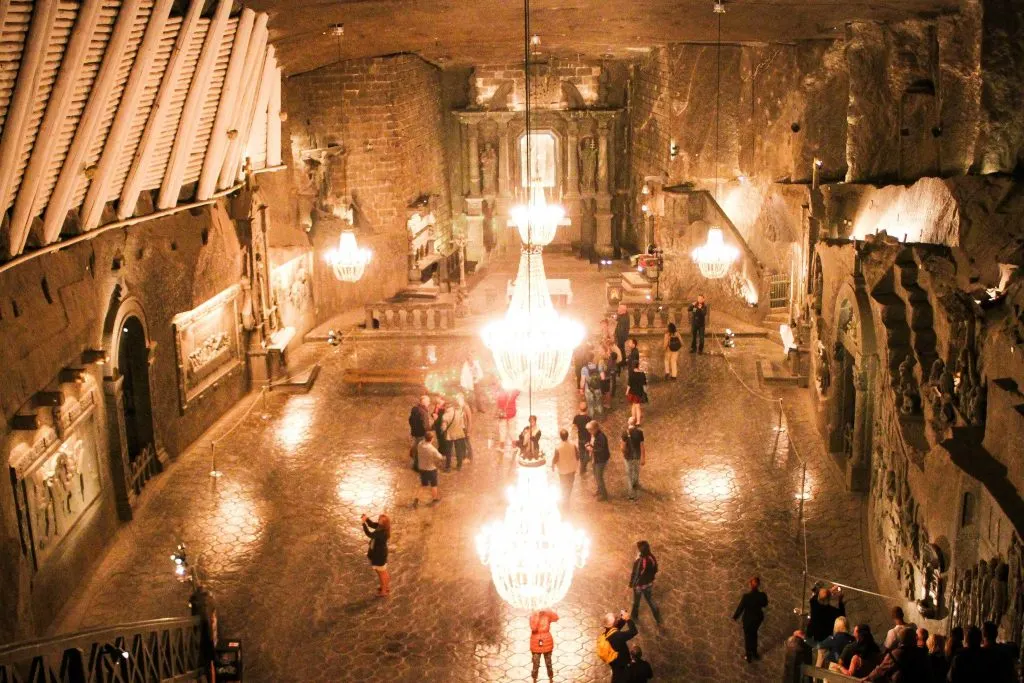
3. Historic City Of Ayutthaya – Province Of Ayutthaya, Thailand
An ancient ruined city of the Siamese from the 12th century, characterized by the prang (reliquary towers) and gigantic monasteries, give just a taste of its past splendor.
I made a day trip out from Bangkok in 2014 and was just stunned for the expansive ruins, the gorgeous vine-covered decay, and other-worldliness. It really is up there with Angkor Wat and yet is far more accessible (even in a short 2-day stopover) and without the tourist hoards and prices.

4. Þingvellir National Park – Bláskógabyggð, Iceland
Þingvellir is the site of a rift valley that marks the crest of the Mid-Atlantic Ridge.
It is also home to Þingvallavatn, the largest natural lake in Iceland and the Parliament or Alþingi which was established in 930 and remained there until 1798!! The Alþingi was an open-air assembly representing the whole of Iceland where everyone would meet to decide on laws and issues at the time.
It is also crazy, CRAZY beautiful – And I’m not the only one that thinks so! In fact, back when I was here in 2013, they were filming for Game of Thrones, and I think they have been back since.
As if Iceland didn’t have enough to offer already!
5. Gondwana Rainforests Of Australia – Gold Coast, Australia
This site is made up of several protected areas along the Great Escarpment on Australia’s east coast and consists of the phenomenal ancient remnants of Gondwana Rainforest, largely destroyed since the arrival of colonizers to Australia but still possible to see in a few select places.
Many rare and endangered species are here if you look, but I think for me the appeal on a trip there year was just its ethereal presence – Wandering around here was like leaving the modern world and just enjoying the blissful sounds of nature. Highly worth a look, especially for those Kiwi’s that need a day off from the nearby theme parks!
Definitely one of our favorite untouristy UNESCO World Heritage Sites – and can be visited on a day trip from Brisbane!
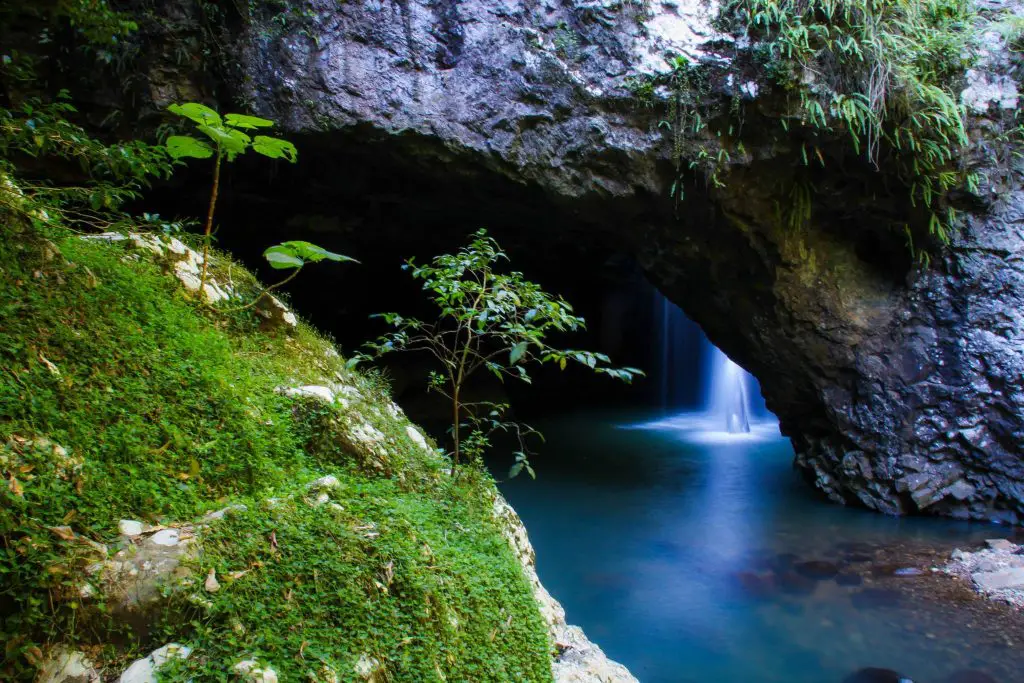
6. Wachau Cultural Landscape – Towns of Krems And Melk, Austria
The Wachau is a stretch of the Danube Valley between Melk and Krems near imperial Vienna, which offers a gorgeous visual landscape of intact monasteries, castles, ruins, towns, and villages, and vineyards which has continuously evolved since prehistoric times.
I went here on a day trip in 2013 and took a riverboat cruise, which was mind-blowing…I couldn’t keep count of the number of castles hidden up on the ridgetops. It is all just pure perfection, but the absolute highlight would have to be Durnstein, a pretty medieval town (pictured), which is dominated by the ruins of a castle where English king Richard the Lionheart (of Robin Hood fame) was held, prisoner!
I thought that was just a fairytale!
7. Mesa Verde National Park – Colorado, United States of America
The Mesa Verde in the American south-west has an incredible concentration of spectacular Pueblo Indian dwellings with some 600 ‘cliff dwellings’ have been recorded within Mesa Verde National Park, and new discoveries are routinely made.
I visited in 2014 as part of a USA Road Trip and was blown away with how ancient people managed to build such amazing and ingenious structures, and more so that these sites are not as famous as Machu Picchu or Chichen Itza. Like seriously, just astonishing and overwhelming, and many Americans have not even been here!
Random fact? The National Museum of Finland in Helsinki ( houses the most extensive collection of Mesa Verde items outside of the USA, along with one of the largest collections of native Americana. We have no idea why, but when you whip that out for the winning round at your next trivia game, you can thank us.
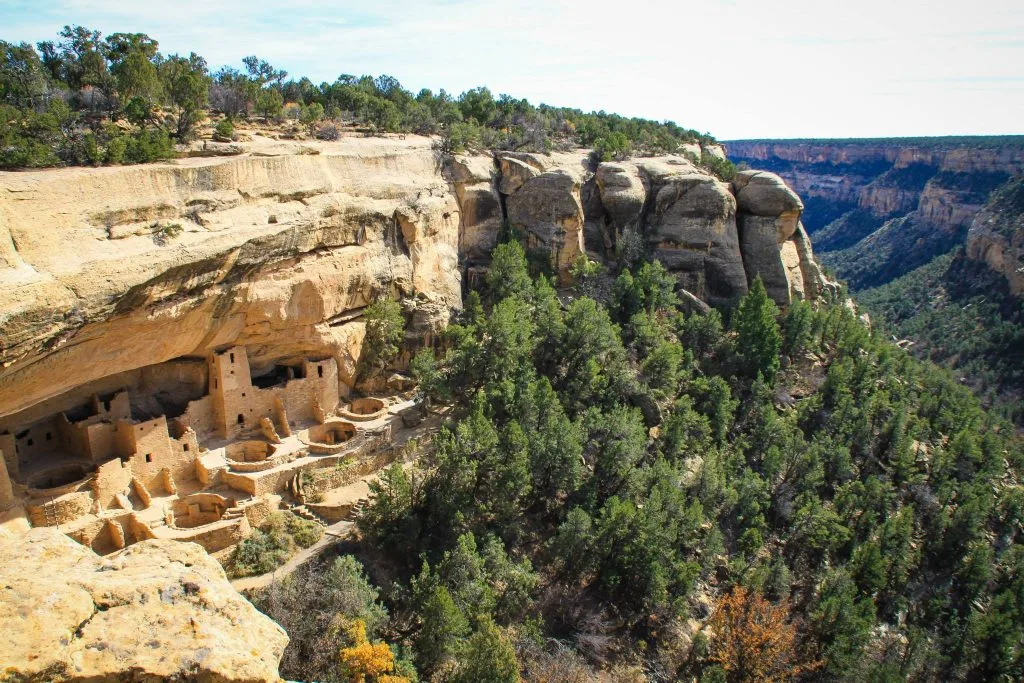
8. Historic Centre of the City of Arequipa – Arequipa, Peru
The historic center of Arequipa in Peru is almost entirely built of a gorgeous white volcanic rock called sillar. It has a unique integration of European and native building techniques illustrated by the city’s robust walls, archways and vaults, courtyards and open spaces, and the intricate Baroque decoration of its facades.
I visited here in 2015, and besides the amazement of the city being surrounded by three huge volcanos, I had an intimate experience after being invited by a restaurant owner onto his rooftop at sunset. He was quite the character and had a lot of zany theories, but the essence of what he was talking about came from this dual construction of European and Peruvian, and so his myths and legends about the town (and the dragon under the town square) where mixed accordingly.
Fascinating and if you cannot tell one of the best UNESCO world heritage sites I have been to. I mean, look at that sunset…
I explored Arequipa with Peru Hop, and there is also quite a food scene here you can read about in my Epicurean Escapades: Gluttonous, Gourmet Arequipa article.
9. Provins, Town Of Medieval Fairs – Seine-et-Marne, France
An exquisite fortified medieval town built to host international trading fairs and the wool industry. The money and prosperity this brought the town are clearly evident in all the details of its architecture. I visited on a day trip from Paris in 2014, and while the locals may know about it, it was so quiet I couldn’t believe it…
This photo doesn’t even begin to show the extent of this old town – It was literally like passing through these walls and going back to the middle ages – An experience I will never forget and think so many people would benefit from if the need a break from the stress of Paris (itself one of the world’s most popular UNESCO World Heritage sites).
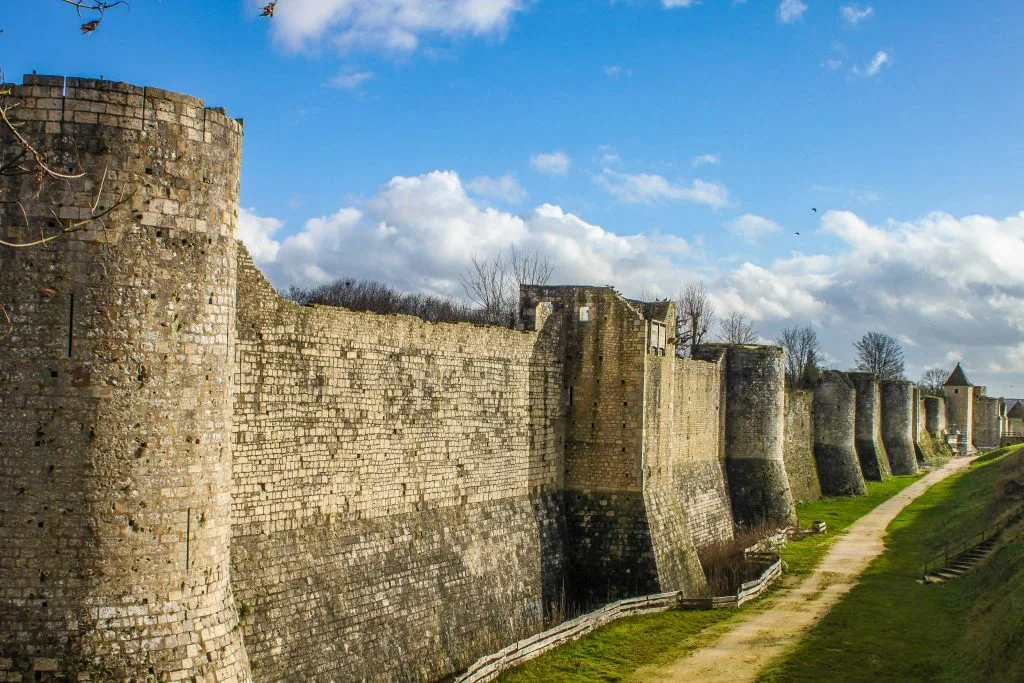
10. Temple Of Preah Vihear – N 23 18 E 104 41 2, Cambodia
Situated on the edge of a plateau that dominates the plain of Cambodia, the Temple of Preah Vihear is dedicated to Shiva.
The Temple is composed of a series of sanctuaries and dates back to the 9th century, This site is particularly well preserved, mainly due to its remote location and is incredibly well adapted to the natural environment. This is probably one of the sites that have left the biggest impression on me because of what we witnessed here in 2014.
It is currently a point of contention between Thailand and Cambodia, with occasional skirmishes making the news and I saw child soldiers, more guns than I’ve ever seen, and was just able to wander around while the Cambodian soldiers let us use their binoculars to spy on the ‘enemy’. It’s about 5 hours from Siam Reap and apparently has only around 300 tourists per year visit, which is ludicrously low for such a special place!
If you are looking to get ‘off the beaten track,’ this is the quiet but amazing UNESCO Site is for you!
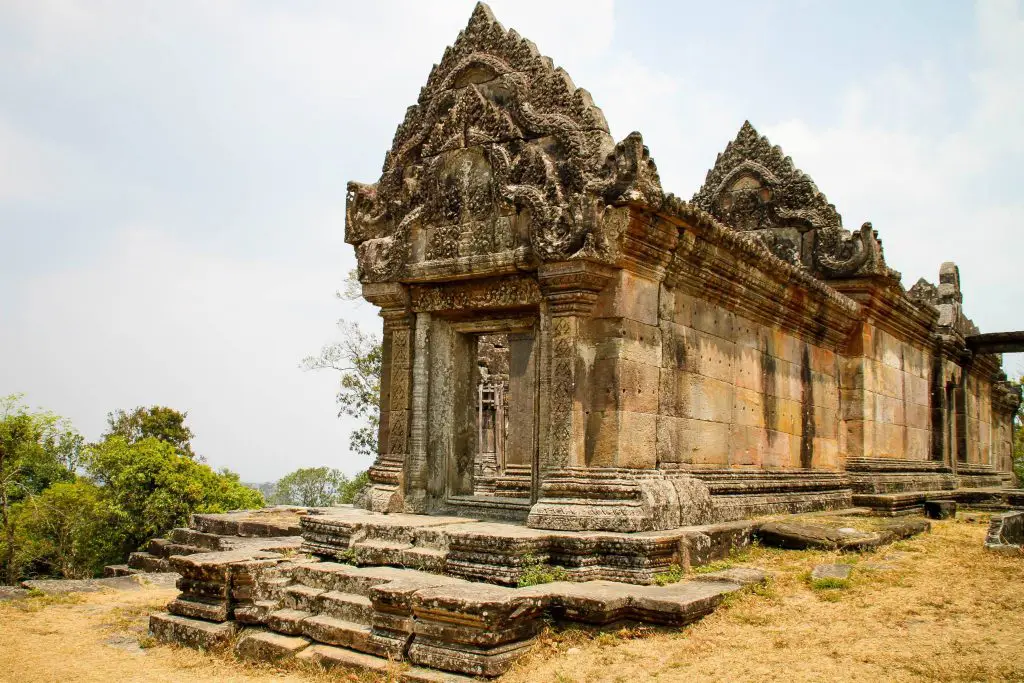
11. Dacian Fortress Of The Orastie Mountains – Transylvania, Romania
Long before the Dracula myth, there was the Dacian Kingdom. High in the Orastie Mountains of Romania sit the ruins of six fortresses, the last remnants of the core of this ancient society.
Built around the 1st centuries BC and AD, this enormous and well-preserved complex gives visitors a compelling insight into this pre-Roman civilization. It stretches over 500km2, encompassing the fortress of Costeşti-Cetăţuie, Costeşti-Blidaru, Piatra Roşie, Bănița and Căpâlna and the capital of Sarmizegetusa Regia.
There’s something magical about wandering through the peaceful woodland and clearings to find stones outlining the perimeter walls, settlements, and temples that once stood here. A sense of history hangs in the air, alongside the tweeting of birds and bubbling of streams. It all ended in the Dacian-Roman war AD 105-106, but the spirituality seems to live on. Why is it non-touristy?
Well, it’s not easy to get to. You’ll need a car and then to walk a 2km cobbled path, but it’s worth it to feel the quiet pulse of history. If you prefer your history busy and loud, then head here for the annual DacFest in autumn, complete with costume parades and gladiator fights (re-enacted, not real!).

12. The Par Force Hunting Landscape In North Zealand – Jægersborg Dyrehave, Denmark
One of the things we love about getting inspiration from the UNESCO list is how varied the sites are. Case in point: this cultural landscape of historical hunting forests in Denmark, 30 kilometers to the north-east of Copenhagen.
Par force hunting was the medieval style of stag hunting carried out by a royal and their court. While we’re definitely not on board with hunting for sport, it’s fascinating to see how the landscape was shaped to enable it, in this case, by King Christian V.
With a system of poker-straight roads in star and square shapes, stone posts guiding the way and a royal hunting lodge, this landscape is seen as evidence of how Baroque principles were used to shape natural areas. It also demonstrates the absolute power of the monarch in how he could develop the landscape to suit his needs.
Walking, cycling, or riding through this area is a pleasure in itself, made even more interesting by its past. It’s also big enough that you won’t bump into hordes of other visitors!
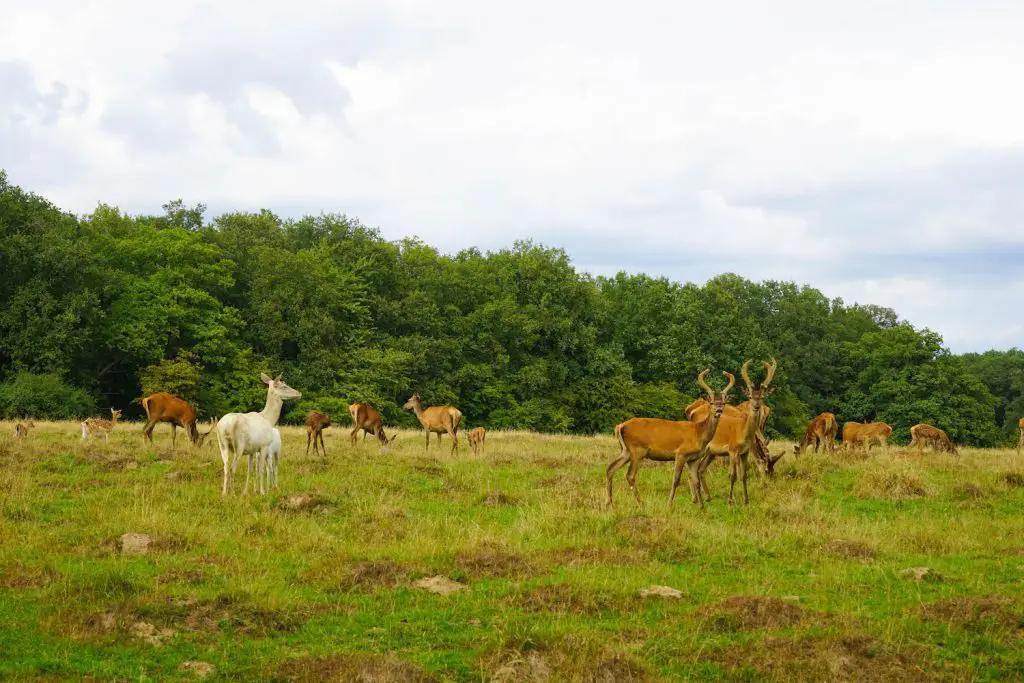
13. Historic City of Yazd – Yazd, Iran
Iran has many treasures, not least this gorgeously intricate and atmospheric historic Old City of Yazd. Described as a Living UNESCO site, this is one of the oldest towns on earth.
Wandering around the maze of narrow lanes with the ancient homes hidden behind mud walls, visitors feel like they’ve been transported back in time. Yazd is in the middle of the Iranian plateau and demonstrates how people learned to survive in the middle of a desert. A qanat system brings underground water into the city, and each district is built around a qanat.
Amidst the collection of neighborhoods, you’ll find aristocratic houses, bazaars, reservoirs, mosques, and tombs. You can also visit ancient bathhouses, gardens, and schools. The sun-dried brick of the buildings is architecturally and visually fascinating.
The city seems to glow in the sunlight, and there’s so much to discover here, this place where modern life happens in an ancient setting. Much like the rest of Iran. If you’ve always dreamed of time-travel, this is the UNESCO site for you!
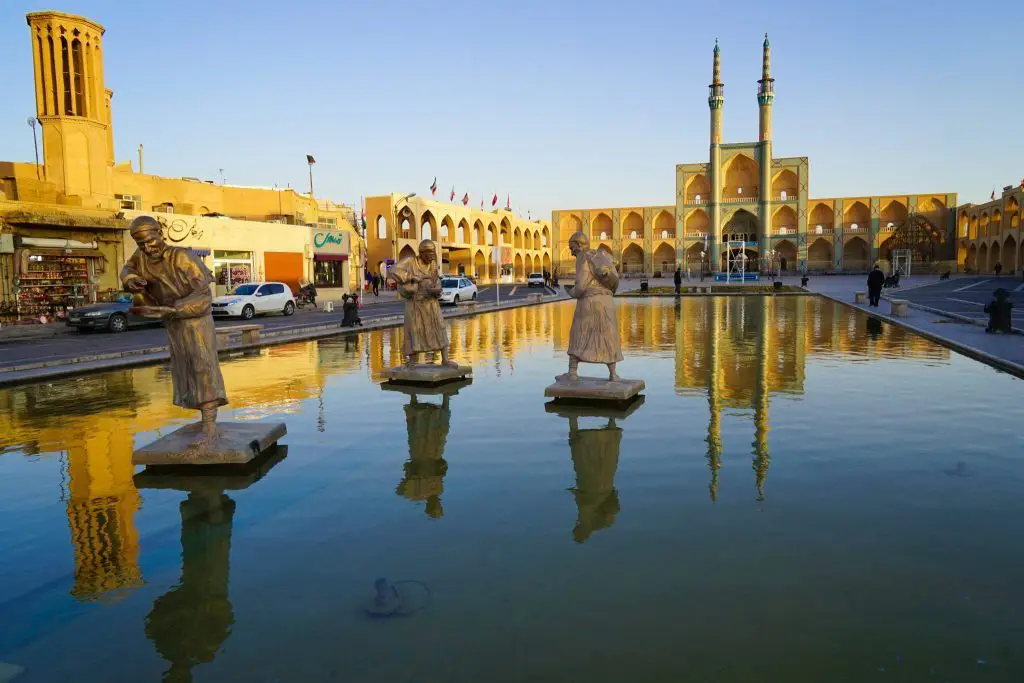
14. My Son Sanctuary – Hoi An, Vietnam
Lush jungle, chirping birds, ancient mossy temples springing from the valley ground… No, you’re not in an Indiana Jones movie; this is My Son Sanctuary in Vietnam, a short day trip from Hoi An.
Twenty Hindu temples remain of the 68 built by the kings of Champa between the 4th and 14th centuries. Where religious ceremonies once took place to worship Shiva, now you’ll find this hushed site beneath Cat’s Tooth Mountain. While the temples are essentially in ruins now, you can still see ornate carvings of gods and symbols in the remains of the walls.
Looking closely at the walls, you might notice that there doesn’t seem to be any mortar used to stick the bricks together – this is because of the Champa’s unique method of construction using soft bricks that molded together and were set using fire. When the buildings were in active use, there wouldn’t have been any cracks in the walls. Hard to imagine now, when grass grows out of the multiple cracks in the structures!
There’s something very atmospheric about walking through such a remnant of ancient history; it’s made even more poignant by signs of more recent history, namely the American bombing that utterly destroyed the section with the largest temples.
One of the things that makes this one of our favorite non-touristy UNESCO sites is how it shows humanity’s power of construction and destruction together.

15. Rideau Canal – Ottawa, Canada
This absolutely epic construction from the early 19th century slices through the countryside between Ottawa and Kingston. While the total length is 202 km, only 19km is completely man-made, as existing lakes and rivers were used.
There are also a whopping 47 locks at 25 stations. It impressed UNESCO by being the oldest fully operational canal system in North America; it impressed us with the lovely views you get from a deck of a boat while cruising along.
A wonderful sense of calm pervades on the Rideau Canal, whether you’re strolling along the banks or navigating along the water. There’s no rush, no crowds, and no pressure – an unusual situation for a UNESCO World Heritage Site, but one we enjoy.
The other interesting historical aspect to Rideau Canal is that it was originally built for military purposes, being intended to transport supplies in case of war with the United States. So even as you enjoy a pleasure cruise, you’re doing it in a place that has a significant link to the struggle to control North America. To learn more about this, start your trip with a visit to the Bytown Museum in Ottawa.
As well as telling you about the origins of the canal, it’s also right beside the intricate Ottawa locks, which are both beautiful and amazing feats of engineering. You can also admire the Rideau Canal Promenade art installations along the route.
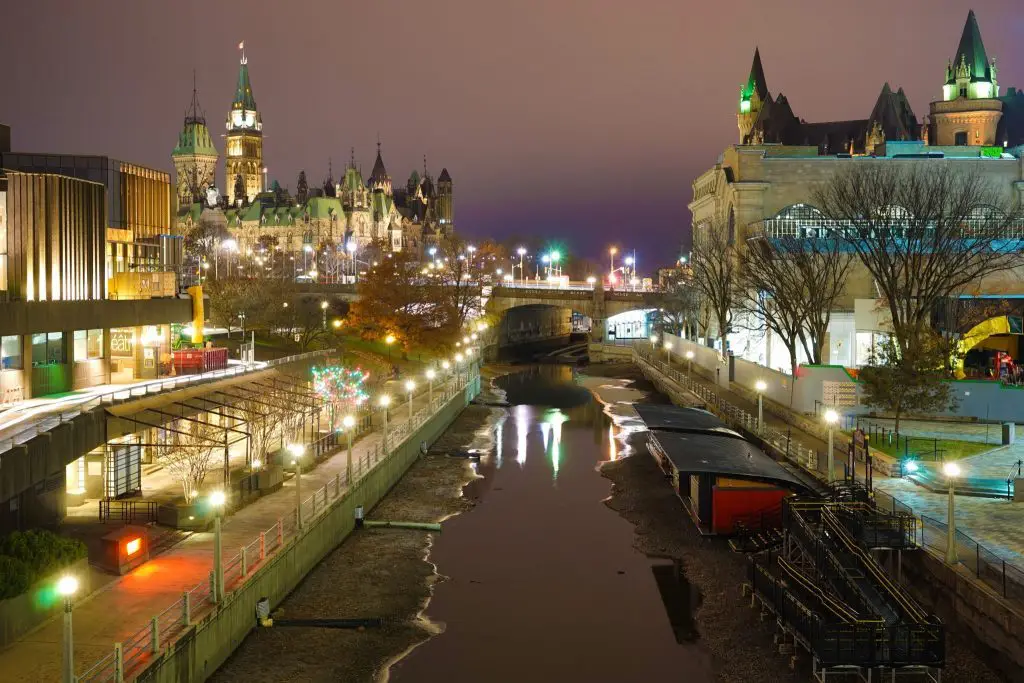
16. Historic Fortified Town Of Campeche – Campeche, Mexico
With its cobblestone streets, pastel-colored buildings and fortified outer walls, Campeche is a near-perfect example of a harbor town from the Spanish colonial period. Walking around the well-preserved historic center feels like being in an open-air museum, soaking up the sun-baked atmosphere of what was once a wealthy town.
Its wealth is probably what lead to its substantial defensive system, as it was often the target of pirates and enemies of Spain. Added to the World Heritage list in 1999, nowadays it still impresses with how unchanged it is from its heyday in the 18th and 19th centuries.
While not many people actually live in the historical center anymore, it’s a beautiful place to spend your days in Campeche. Outside the walls, you’ll find a vibrant, contemporary Mexican city with plenty of markets, bars, and restaurants to keep your evenings busy!
If you’d like to learn more about the history of Campeche, head to the Museo de la Arquitectura Maya, an archaeological museum in an old colonial fort.
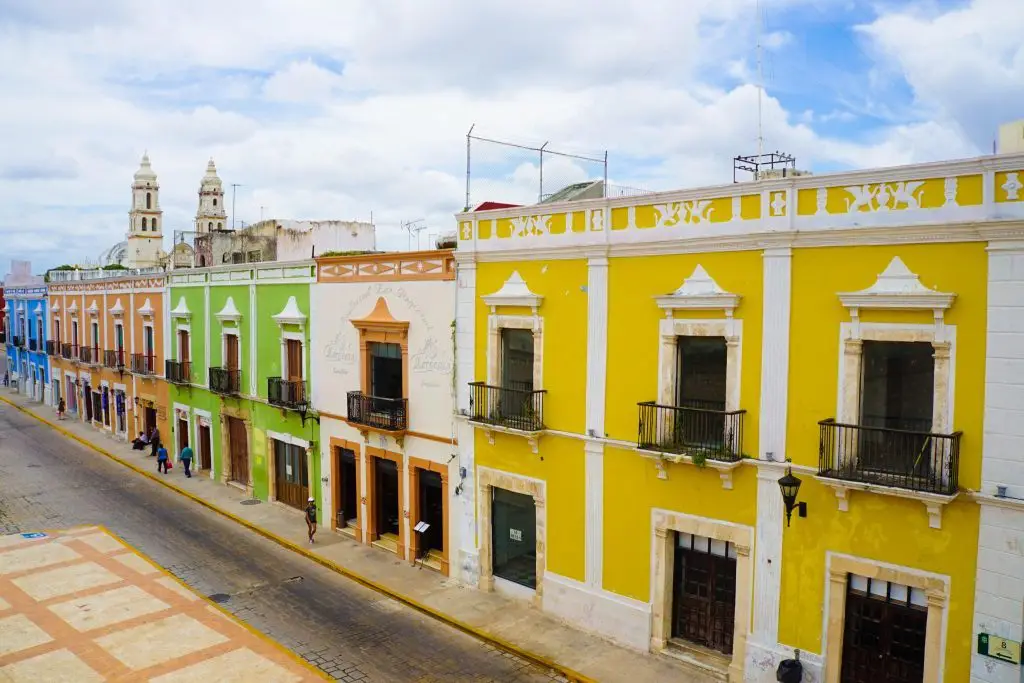
17. Trinidad And The Valley De Los Ingenios – Trinidad, Cuba
What links this Cuban city with three interconnected valleys about 8 miles away? It was the sugar trade, the source of Trinidad’s wealth.
At the peak of the industry, the three valleys – San Luis, Meyer, and Santa Rosa – had over 50 active sugar mills on the sugar cane plantations. Founded in the early 16th century, Trinidad is a wonderfully preserved example of the time, containing imposing public buildings, brightly-colored mansions, and an intricate system of squares and plazas.
Despite the beauty of the city, the history is not a happy one; tens of thousands of slaves worked in the Valley de Los Ingenios. Now, you can still see some sugar mills, villages, and plantation houses. You can easily visit the valleys on a day trip from Trinidad, taking in the pastoral sites from the historical Manaca Iznaga Tower. A true highlight of Cuba.
The combination of the city with the countryside gives you both sides of the sugar trade history – the beneficiaries and the workers – and some of that sense of time-travel we love about these non-touristy UNESCO sites.

18. Jeju Volcanic Island And Lava Tubes – Jeju-do, South Korea
If you like a UNESCO site that feels a bit like you’re on another planet, this is the place for you! This volcanic island is about 130km south from Korea and is home to a dormant volcano, the tallest mountain in the country, along with 360 satellite volcanos.
All of this volcanic activity has resulted in fascinating rock formations, volcanic lakes, craters, and the lava tubes where magma once flowed. But it’s no barren mass of rock; Jeju also boasts a gorgeous National Park where well-made hiking paths weave through untamed nature. Another significant part of the park is the famous Pillemot Cave, which dates back to the Paleolithic period.
It’s a totally unique spot and well worth visiting if you’re in the area. Walk one kilometer down the eerie 8km Manjang cave, a major part of the lava tube system. For those of you who prefer to be above ground, the hikes in Hallasan can be glorious; there are also several coastal trails winding around the island.
Sunrise Peak in the east of the island is absolutely stunning – however, it does get crowded, so if you’re keen on the non-touristy aspect of these sites, it’s not the place to head. Side note: there’s also an ‘adult theme park’ dedicated to sex, but we doubt UNESCO includes that in their criteria!
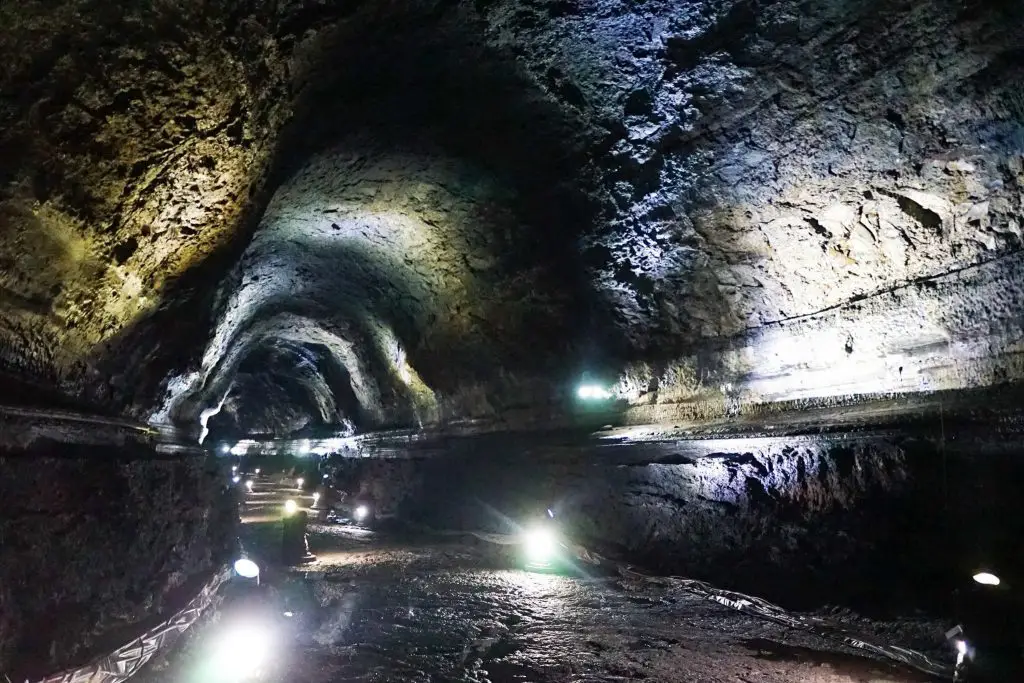
19. Singapore Botanic Gardens – Tanglin, Singapore
Look, we don’t blame you if your mind doesn’t immediately go to lush, green gardens when you think of Singapore – but this bustling city famous for its shiny skyscrapers and huge malls really is home to some of the most spectacular botanic gardens we’ve ever visited. And no, we don’t mean Gardens By The Bay or Sentosa Island.
The 74-hectares certainly impressed UNESCO, who cite the historic landscape features and its current role in scientific research as reasons to award it World Heritage status. Created in 1860 during the colonial rule, Singapore Botanic Gardens is a striking example of how a British tropical colonial garden can evolve over the decades while maintaining its integrity and original purpose.
Visitors here can stroll among the sprawling gardens, relax in the grass, visit the Heritage Museum, or enjoy the small tropical rainforest. A major attraction is the National Orchid Garden, home to over 1000 species of orchid and 2000 hybrids. It’s a glorious collection of colorful flowers with specific areas for true orchid enthusiasts, such as the VIP Orchid Garden and the Orchidarium.
There’s also an amazing ‘Learning Forest’ in which you can explore different habitats from a network of walkways.
A UNESCO site with plenty of spots to lounge in nature? Count us in!
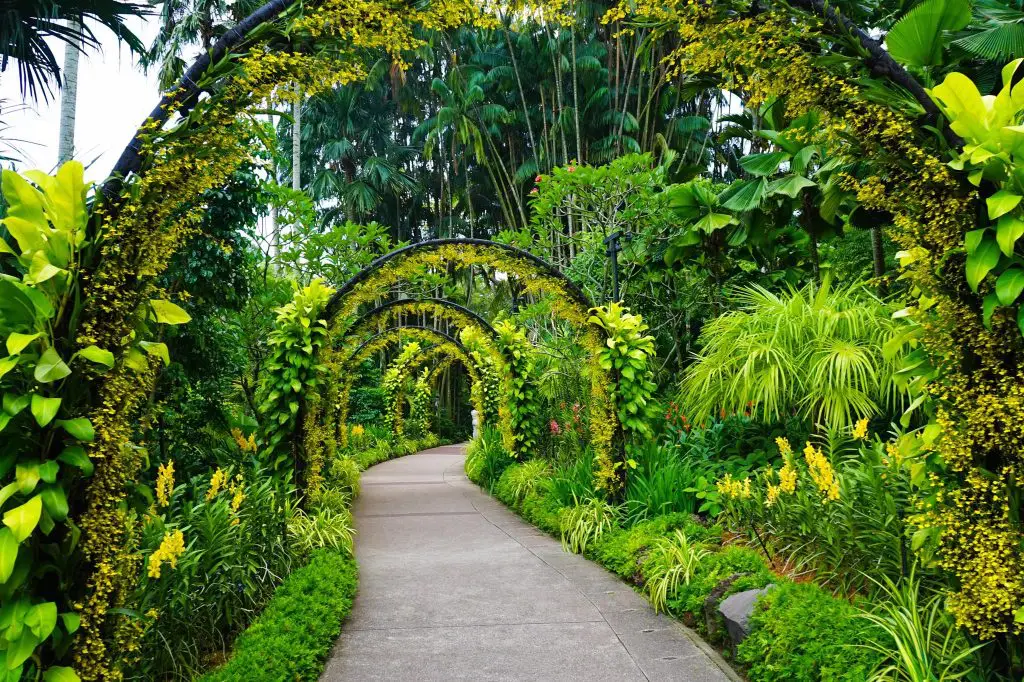
20. Quebrada de Humahuaca – Jujuy Province, Argentina
This geological wonder is a valley of rainbow rock with evidence of life dating back ten millennia. Actually, do we need to say any more? Seriously, if that doesn’t tempt you, what will?
The valley was a significant trade route, the Camino Inca, for years, through the Inca Empire in the 15th century to the Viceroyalty of Rio de la Plata. Standing in the harsh landscape, it’s amazing to imagine tribes trudging between the indigenous towns through the network of canyons.
The rock of the mountains overlooking the valleys has eroded to reveal waves of varying colors amidst the formations. It seems to change all the time, while its majesty remains unquestioned. The remains of the settlements along the trade route, along with the terraced fields still in use today, led UNESCO to single the Quebrada de Humahuaca out as a site ‘beyond comparison in every sense.’
While it might be becoming more popular, the landscape is so vast and compelling; you won’t even notice the other visitors.




